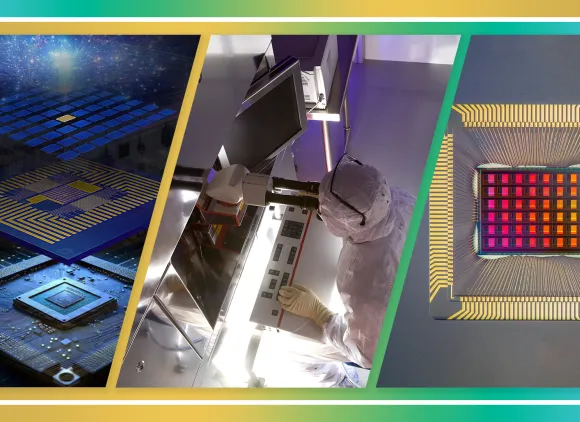What are semiconductors?
Semiconductors are materials that can act as insulators, blocking the flow of electricity, or as conductors, allowing electricity to flow like a metal. Their ability to switch between insulating and conducting states, achieved through chemical doping or light absorption, is fundamental to their role in electronic materials.
Semiconductors are used to make integrated circuits, or computer chips, that enable processing and memory units to perform complex calculations and store data.
There are many different types of semiconductor materials, each with its own specialty — such as silicon used for computer chips and solar panels, gallium arsenide for satellite communications and silicon carbide for electric vehicles.
Pioneering progress
In the 1950s, NSF began supporting groundbreaking research into integrated circuits and transistors, solid-state physics, materials science, and chemical and electrical engineering, laying the foundation for a semiconductor manufacturing revolution.
Over the next several decades, NSF-funded researchers — often in collaboration with industry and other federal agency partners — have helped improve the design and fabrication of semiconductors and microelectronic devices, making them smaller, faster and more energy efficient.
Critical work supported by NSF includes:

Since the 1960s, support for organic semiconductor research has paved the way for breakthroughs like organic light-emitting diodes (OLEDs), solar cells and transistors — essential components in high-end TVs, smartphones and other modern technologies.

Creation of SPICE, a universal circuit simulation program, by NSF-funded researchers at the University of California, Berkeley, in the late 1960s and early 1970s. Today, every microchip manufacturer relies on SPICE and its derivatives during critical design stages.

Support for more than 10 Nobel laureates whose work produced key advancements in semiconductor technologies, such as amorphous semiconductors (used in LCD screens and solar panels), semiconductor heterostructures (for lasers and LEDs), and quantum dots (extremely tiny semiconductors for medical imaging and quantum computing).
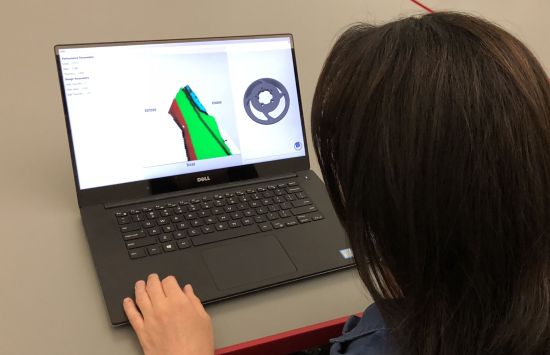
Development of computer-aided design (CAD) tools that automated the creation of complex semiconductor circuits with billions of transistors, making circuit-building faster and cheaper.

Supporting researchers at Carnegie Mellon University, such as Daniel Siewiorek, who advanced digital synthesis and multiprocessor architecture in the 1970s and 1980s, enabling more reliable, high-performing computing systems.
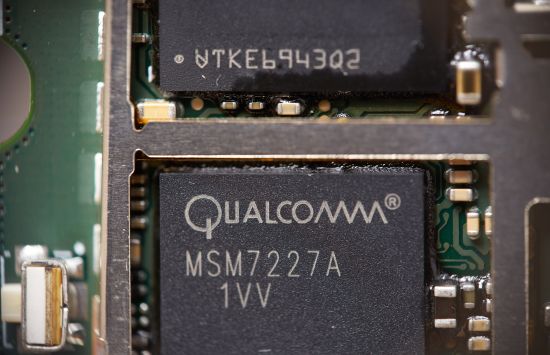
Funding hundreds of startups and small businesses, including the tech behemoth Qualcomm, to help them bring their semiconductor and microelectronic technologies to the market.
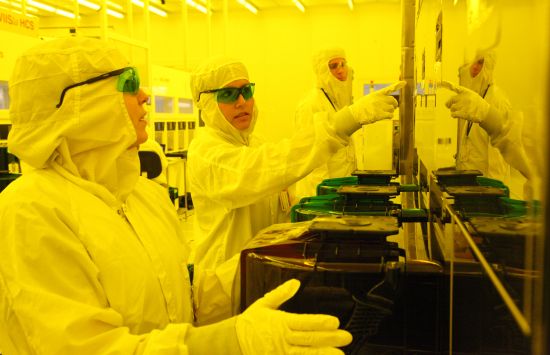
Expanding access to fabrication tools like the Metal Oxide Semiconductor Implementation Service (MOSIS), enabling researchers and students to prototype and test devices and systems.
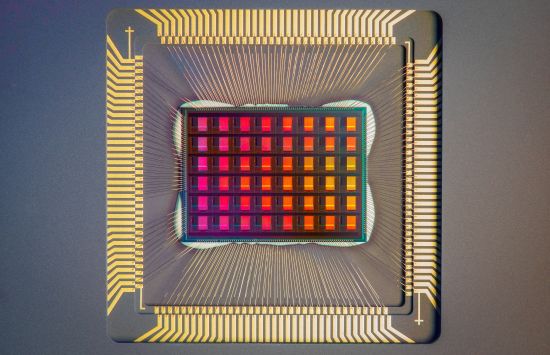
Support for groundbreaking researchers at the Berkeley Emerging Technologies Research Center, leading to the invention of the 3D fin field-effect transistor (FinFET), now a key component in advanced microchips.

Development of 2D semiconductors, such as graphene and transition metal dichalcogenides, which enable high-performance computing, memory and sensing applications in modern electronics.


